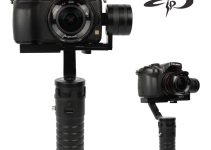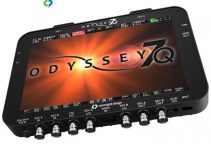Things are changing in the full-frame mirrorless landscape. Panasonic and Blackmagic have released some notable new cameras this year, both elevating the L-Mount.
There are now two highly capable and affordable L-Mount full-frame cameras for shooting video: the Panasonic S5 II and the Blackmagic Cinema Camera 6K. You can even enjoy 6K raw video with either of them.
They are also very different. The Blackmagic bills itself as a more of a true cinema camera while the S5 II retains a very hybrid-minded mirrorless form factor. Which one is better for video? To find out we can turn to OBP who has a video comparison to check out.
In this test, he is going to shoot both Blackmagic RAW internally to see what the differences are. The Blackmagic will record raw internally while the Panasonic requires an external device.
The raw will be set to an 8:1 compression which is a more balanced option. Internal with the Panasonic will be 4K 10-bit 4:2:2 for color comparisons or the 6K open gate 4:2:0 for things like resolution.
1. Sharpness
Looking at some just regular footage side-by-side it is fairly hard to tell a difference between the two cameras. They both look good and the fact that they have the same resolution sensors and format means they should be close.
Out of the camera though the S5 II does seem to have an edge in sharpness, though this may be due to some additional processing provided by Panasonic. Even in raw the Panasonic was a little bit sharper.
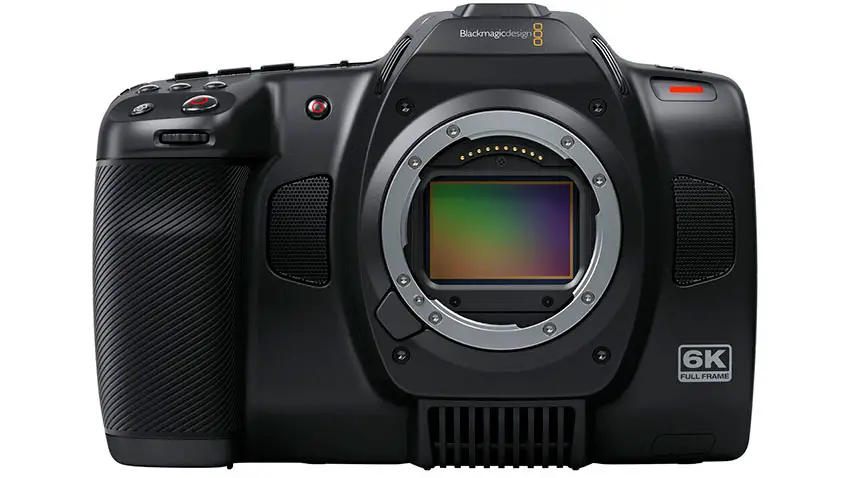
Image Credit: Blackmagic Design
2. Aliasing and Moiré
Using a standard test chart both of these cameras delivered good results with the patterns and didn’t show much aliasing or moiré. Nothing to worry about here. There is a little bit at the extremes, but that is to be expected.
3. Colors
The Panasonic’s internal codec is certainly not as strong as the Blackmagic’s raw recording. Fortunately, the images are much more similar when you record Blackmagic RAW with the S5 II. It basically evens everything up with the raw comparison.
4. Dynamic Range
This may be a bit more subjective, but the Blackmagic seems to have a much better highlight rolloff and has a much deeper contrast straight out of a camera.
The Panasonic’s internal codec struggles a bit in comparison though, again, the S5 II with raw is looking very similar to the Cinema Camera 6K. The edge still might go to the Blackmagic for how it looks straight out of camera.
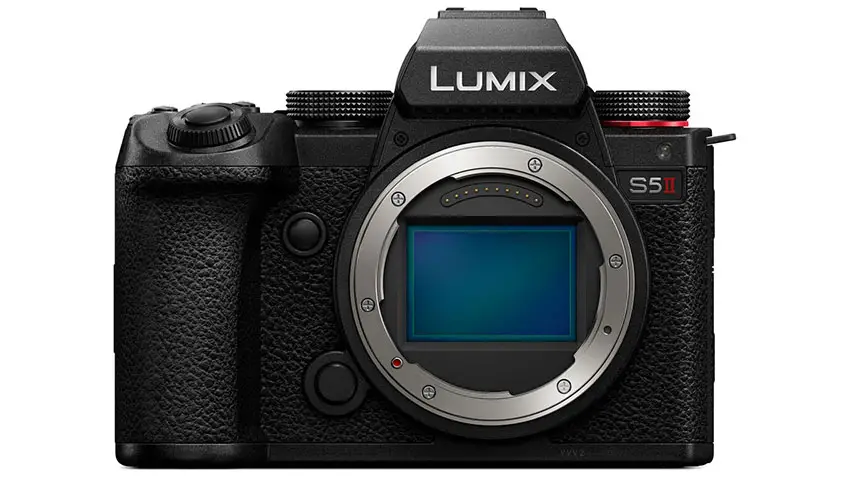
Image Credit: Panasonic
5. Slow Motion
When shooting at higher frame rates you’ll see that Panasonic relies on a heft crop to pull it off. Blackmagic does not have a crop when you increase the frame rate.
Now, the Blackmagic does do some weird things with resolutions and aspect ratios depending on the exact frame rate you choose, but overall it’s giving you a better image to work with than the Panasonic.
You can also see that the Blackmagic has a more organic, warmer look that might be more appealing to some.
Both cameras get much worse when you start looking at the Full HD high frame rate options.
6. Stabilization
Panasonic has an advantage in stabilization in that it has built-in one while the Blackmagic relies on gyro data to handle it in post. Now, that post-stabilization has proven to be exceptionally reliable.
You can see the S5 II during the walking shot might provide a better image since it doesn’t need to crop like the Blackmagic does.
I’m personally a fan of internal, physical stabilization since it can look more natural and gives you a better idea of the actual result before you bring the footage into your NLE.
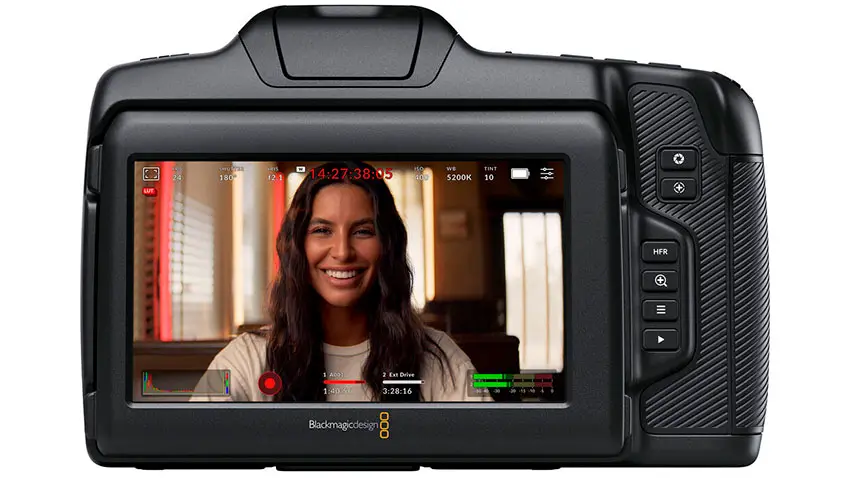
Image Credit: Blackmagic Design
7. Indoor
Taking the cameras inside to a normal test shot we can look at how the cameras handle color in mixed lighting. Again, when it comes to color the Panasonic’s internal codec is a bit weaker than the Blackmagic RAW of the Cinema Camera 6K.
Also, again, this is mostly addressed by the use of Blackmagic RAW with an external recorder on the S5 II. The Blackmagic does seem to look better straight out of camera regardless, though the raw video clips are very close.
8. Outdoor
Heading back outside he hoped to test the cameras in a more difficult backlighting situation. You can see how they handle contrast differently.
The Blackmagic tends to push the shadows a bit darker than the Panasonic. This isn’t good or bad necessarily, though the S5 II might be better for manipulation in post.
Not that either of them will be difficult to color grade and get matched up.
Blackmagic’s more natural look might give it an edge here.
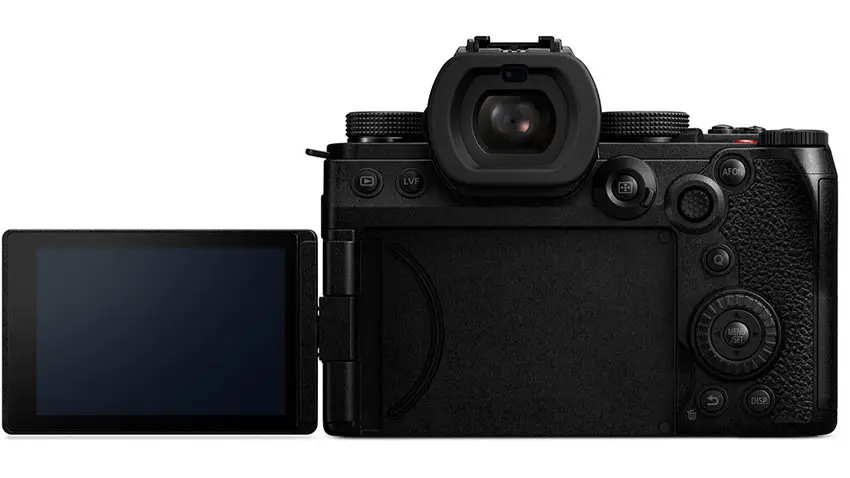
Image Credit: Panasonic
9. Low Light
Interestingly, the native ISOs for each camera are slightly different. Blackmagic starts at ISO 400 while the Panasonic starts at ISO 640. Minor but something to note.
You will see the Panasonic shows that it is better with low-light shooting in this test as the footage is cleaner and a touch brighter. Now, the internal codec is helped by additional noise reduction, but it looks good.
The Blackmagic RAW will show more noise as it should since it doesn’t have any effects applied. Even still, Panasonic wins here.
10. Rolling Shutter
This one is easier to see. The rolling shutter is pretty much identical between the two. The one thing to consider is that Blackmagic will use the gyro data to perform rolling shutter correction in post.
And with that applied you can clean up a ton of the rolling shutter effect. Blackmagic might win with that option.
11. Battery Life
Working with a fully charged battery and recording in the 6K modes he let each camera run until it died. The Panasonic made it to 1 hour 46 minutes before shutting down and the Blackmagic made it to 1 hour 14 minutes. That’s a big difference.
The odd thing is that Blackmagic seems to kick on the low battery warning light much sooner, meaning you might be swapping out batteries even though you still have plenty of time left. Battery is an easy win for the S5 II.
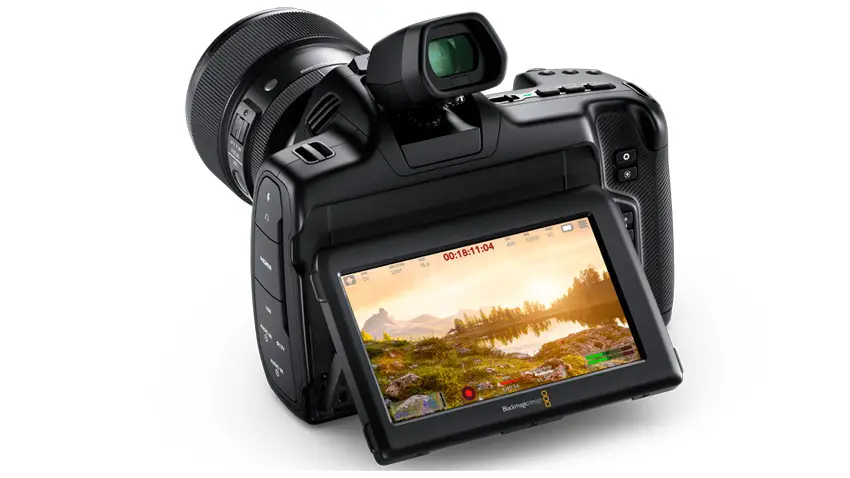
Image Credit: Blackmagic Design
There is something to consider though. The Blackmagic is designed as a cinema camera and can record raw internally. The Panasonic is not. The raw quality from each was very comparable, but you will need to spend a bit more money to get that from the S5 II.
The Blackmagic Cinema Camera 6K is basically ready to go out of the box for a much cheaper price overall. That seems to give Blackmagic a good advantage.
So, which one of these cameras would you choose?
[source: OBP]
Order Links:
- Blackmagic Cinema Camera 6K (B&H)
- Panasonic Lumix S5 II Mirrorless Camera (B&H, Amazon)
- Panasonic Lumix S5 IIX Mirrorless Camera (B&H, Amazon)
Disclaimer: As an Amazon Associate partner and participant in B&H and Adorama Affiliate programmes, we earn a small comission from each purchase made through the affiliate links listed above at no additional cost to you.
Claim your copy of DAVINCI RESOLVE - SIMPLIFIED COURSE with 50% off! Get Instant Access!



